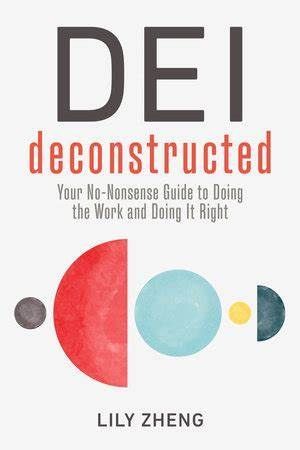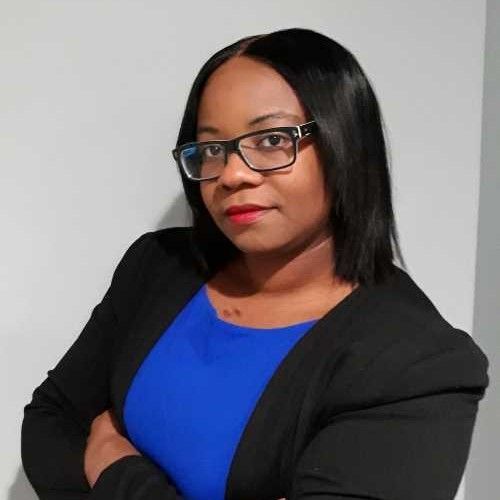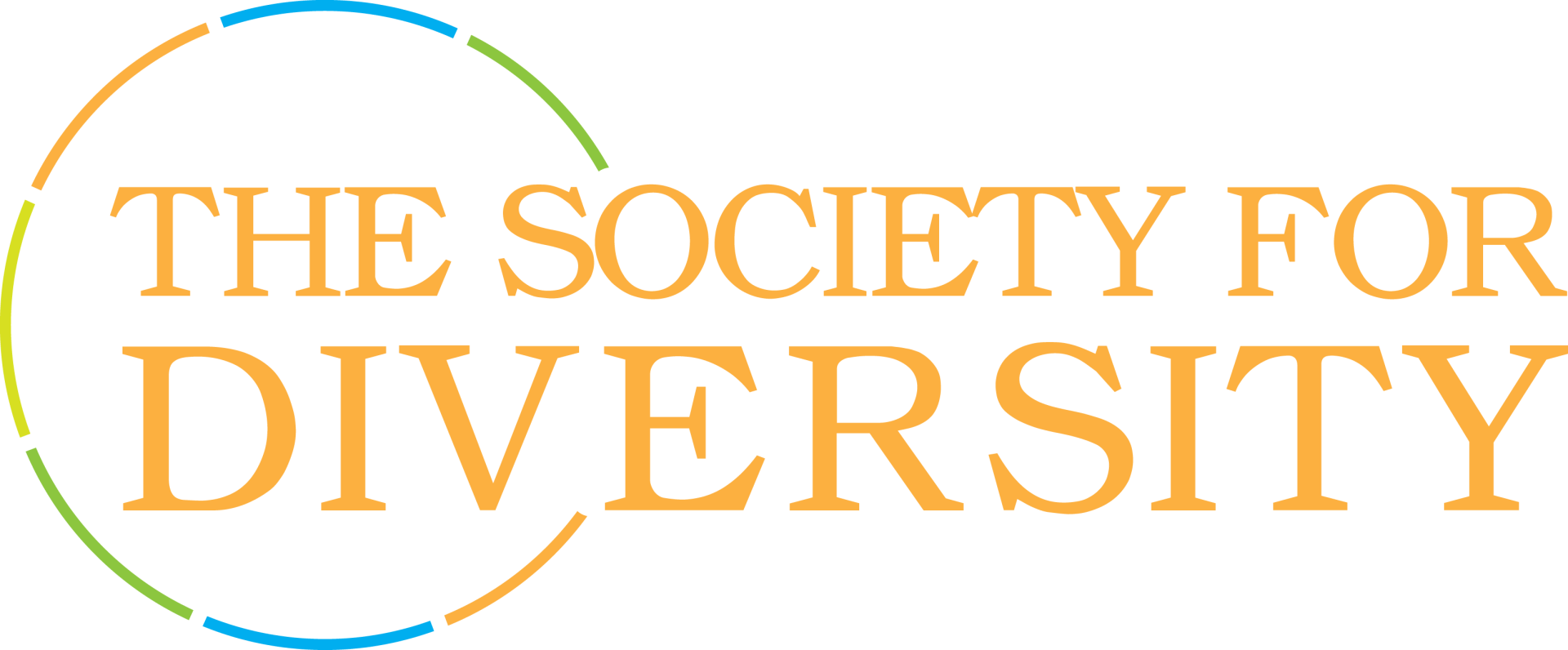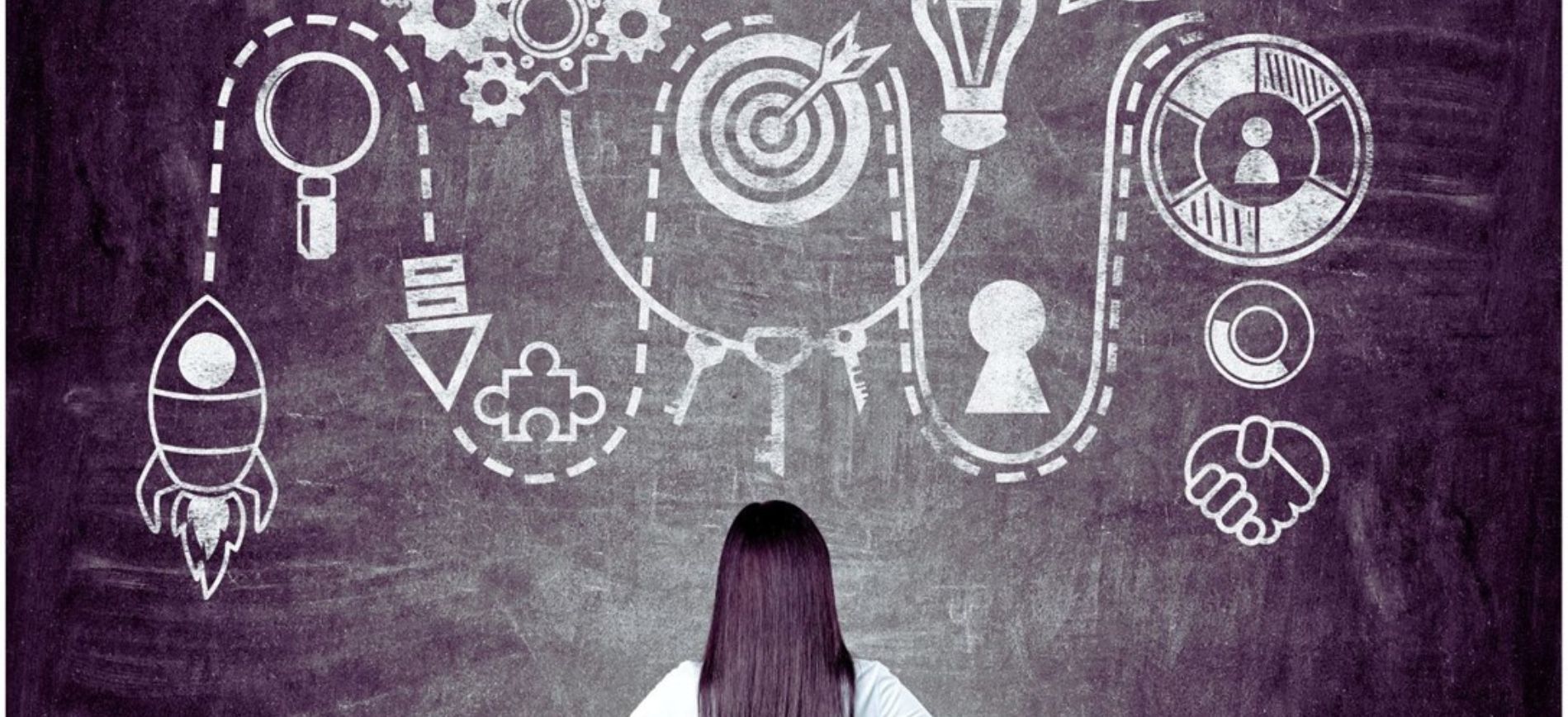Shakima ("Kima") Tozay, MSW, LICSW, CCM, PMH-C, CDP® is a clinical social worker, Certified Diversity Professional (CDP)® and works as a senior social worker with the Department of Veteran Affairs. She lives in Washington State with her husband and many fur babies. Connect with Kima on Linkedin.
Book Review: DEI Deconstructed
Here's my review of DEI Deconstructed: Your No-nonsense Guide to Doing the Work and Doing it Right by Lily Zheng using my 5-4-3-2-1 thought system: five words, concepts, or phrases that resonated with me, four things I learned from reading, three key points, two key quotes I want to remember and a stimulating discussion point. Bonus points are reserved for book tidbits, which I find unique.
Title: DEI Deconstructed
Author: Lily Zheng
Publisher: Berrett-Koehler Publishers, Inc.
ISBN: 978-1523002771
Year of Publication: 2023
Number of pages: 360
Number of Chapters: 10 (3 Parts: Foundation, Pillars, Toolbox)
Price: $32.95
About the author: Lily Zheng (they/them) is a renowned DEI strategist, author, thought leader and speaker. They have authored two other books, including Gender Ambiguity in the Workplace in 2017 and The Ethical Sellout (2019). Zheng is also releasing a Practitioner’s workbook to accompany DEI Deconstructed.
Audience: DEI practitioners, advocates, and allies

Five New Words, Concepts or Phrases that Resonated with Me:
After reading this book, these five words and concepts caught my attention:
- JEDI: Justice, Equity, Diversity, and Inclusion
- Diversity: In Part 1: Chapter 2: DEI Building Blocks, Zheng proposes an unconventional description of diversity. They state it is "the composition of the workforce in which people from all backgrounds, especially those deprived of opportunities and rights, believe they are being represented and their views respected. Diversity can be achieved through initiatives that counter current and past disparities and serve the particular needs of all communities" (p. 46).
- DEI Industrial Complex: Zheng introduces readers to the concept of the DEI Industrial Complex and defines it as “the informal relationship between DEI and organizations that perpetuate an inequitable status quo (p.7)
- Performative Allyship: Zheng identifies the problem with allyship being more performative than leading to actual change. Zheng examines the criteria for performative allyship, asking, what makes an action performative? “If an action is intended to gain social media clout or make a person look good, those are dead ringers for performative allyship” (p.87).
- "Trust is the currency of change:” Zheng drives this point home throughout the book, helping readers reimagine a more effective approach to DEI change initiatives by centering trust. When there is minimal trust built, change won’t happen. The author also reminds readers that trust is not all-encompassing—there are various levels and intensities of trust. This has significant implications for assessing for and building psychological trust within your work teams. .
Four Things I learned:
- DEI training is not an effective DEI change strategy. Knowledge alone doesn’t change behavior. Action does!
- Achieving Diversity, Equity, and Inclusion in the workplace is time-consuming and requires careful planning. If rushed, it can cause more harm than good.
- Acting without clarity and thoughtfulness could hurt those you are trying to help.
- Everyone has the power to instill real change in the world (whether informal or formal). We must harness our individual and collective capabilities to challenge the status quo.
Three Main Points:
- The current DEI approach within companies has been ineffective. A shift in structure is essential for achieving the purpose of DEI and creating tangible results.
- The implementation of DEI has been causing harm to oppressed communities instead of providing relief. These individuals should not be forced to labor for solutions or take on the emotional burden to bring about reform.
- Genuine change depends on trust. To make an impact, we must earn the trust of marginalized stakeholders, design effective DEI initiatives, and use research data to inform our efforts.
Two Memorable Mentions:
- “Consumers, employees, institutional investors, and other stakeholders want real change. Not talk, but real change. Not commitments, but real change. Not good intentions, but real change. Not naive interventions, but real change. So how the hell do we create “real change”? (p.100).
Zheng's words here are valid and empowering— society calls for a sincere, significant, and long-lasting approach to DEI.
- In chapter eight, Achieving DEI, Zheng instructs readers to consider what they would tell new DEI leaders, prompting readers to “imagine that you’re advising a new leader on how they might move the needle on DEI in your organization. What advice would you give them on how to proceed? What are some pitfalls you want to make sure they avoid and some hidden opportunities you can bring to their attention?” (p. 233).
I appreciate Zheng's approach to this task, as it encourages a mentoring attitude amongst DEI practitioners. It’s not uncommon for DEI professionals to enter a company without understanding the culture, climate, or ways to effect real change there.
But still, they’re expected to take on extensive projects and initiatives, often without a team, budget, or necessary tools to perform their tasks well.
One Thought-provoking Question:
Given the recent waves of criticism against Diversity, Equity, and Inclusion initiatives in the public sphere, what does the future hold for DEI in the workplace?
I highly recommend this book to anyone grappling with innovatively achieving DEI in their workplace.
Bonus Points:
DEI Deconstructed has abundant resources, such as reading lists, chapter summaries, and critical takeaways. The introduction section provides an overview of each chapter's purpose, the authors give special consideration to language, and each chapter builds on the last.
Zheng has also included exercises to help readers think critically and apply the ideas they’ve learned to their lives. I find this aspect particularly helpful.
About Kima

Disclaimer: Content on this blog is authored by multiple sources. While we do make every attempt to proofread and fact-check, unless authored our staff, the views expressed do not necessarily reflect those of The Society for Diversity and the Institute for Diversity Certification.






